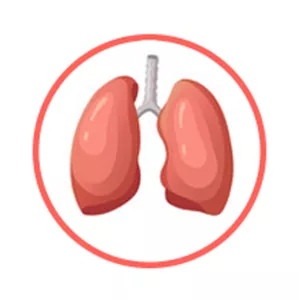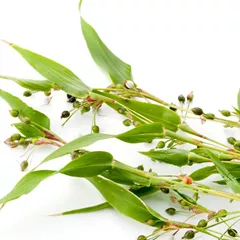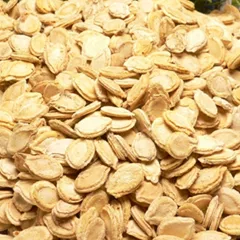Asthmatic bronchitis according to Chinese Medicine
The information provided here is not a replacement for a doctor. You shouldn't use it for the purpose of self-diagnosing or self-medicating but rather so you can have a more informed discussion with a professional TCM practitioner.
In Chinese Medicine, asthmatic bronchitis is sometimes associated with Wind-Heat entering the Lungs, a so-called "patterns of disharmony". Chinese Medicine sees the body as a system, not a sum of isolated parts. A "pattern" is when the system's harmony is disrupted. It is not equivalent to the Western concept of "disease" because both concepts arise from totally different ways of seeing the human body.
To understand whether someone's asthmatic bronchitis might be caused by the pattern Wind-Heat entering the Lungs, one needs to look for signs and symptoms associated with the pattern beyond what one might typically experience from asthmatic bronchitis alone. Indeed if asthmatic bronchitis is caused by Wind-Heat entering the Lungs, patients also experience symptoms such as cough with foul-smelling sputum, slight fever, mild chest pain and dry and scaly skin. Similarly, patients with Wind-Heat entering the Lungs typically exhibit rapid (Shu) or slippery (Hua) pulses as well as a red tongue with yellow coating.
We've listed below a more detailed description of Wind-Heat entering the Lungs so that you can have a better understanding of where asthmatic bronchitis might find its root according to Chinese Medicine.
Once identified, patterns are often treated using herbal formulas. Drinking herbal infusions is the most common remedy in Chinese Medicine, together with acupuncture. Here we detail below Wei Jing Tang, a formula that can help treat Wind-Heat entering the Lungs.
Wind-Heat entering the Lungs, a "pattern of disharmony" associated with asthmatic bronchitis

The Lungs is a so-called "Zang" Organ. Learn more about the Lungs in Chinese Medicine
Wind-Heat entering the Lungs
Pulse type(s): Rapid (Shu), Slippery (Hua)
Tongue coating: Yellow coating
Tongue color: Red
Recommended herbal formula: Wei Jing Tang
Symptoms: Slight fever Mild chest pain Dry and scaly skin Cough with foul-smelling sputum
Asthmatic bronchitis might be due to Wind-Heat entering the Lungs if the condition is paired with typical pattern symptoms such as cough with foul-smelling sputum, slight fever, mild chest pain and dry and scaly skin. Similarly, patients with Wind-Heat entering the Lungs typically exhibit rapid (Shu) or slippery (Hua) pulses as well as a red tongue with yellow coating.
Wei Jing Tang, a herbal formula that might help with asthmatic bronchitis



The top herbs in Wei Jing Tang are Common Reed Rhizomes (Lu Gen), Job's Tears (Yi Yi Ren) and Wax Gourd Seeds (Dong Gua Zi)
Wei Jing Tang
Source date: 627 AD
Number of ingredients: 4 herbs
Key actions: Clears heat from the Lungs. Transforms Phlegm. Drives out Blood-Stagnation. Discharges pus.
Why might Wei Jing Tang help with asthmatic bronchitis?
Because it is a formula often recommended to help treat Wind-Heat entering the Lungs, a pattern sometimes associated with asthmatic bronchitis. If it looks like you might suffer from Wind-Heat entering the Lungs, this formula might help (although please seek confirmation with a professional practitioner beforehand).
Symptoms related to asthmatic bronchitis
Cough with foul-smelling sputum Slight fever Mild chest pain Dry and scaly skin

